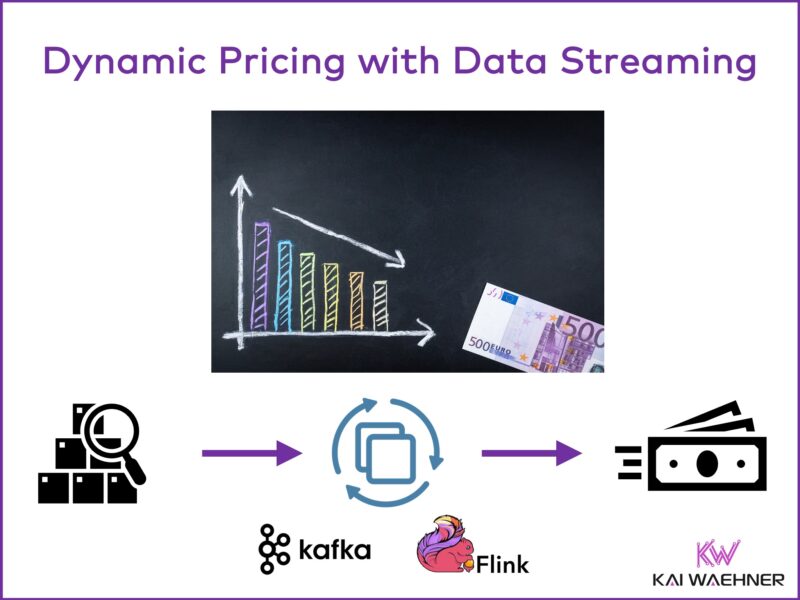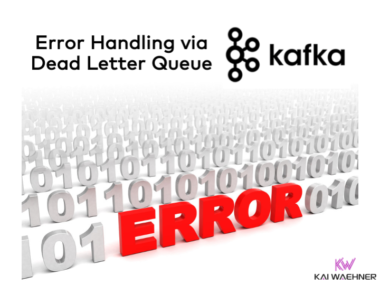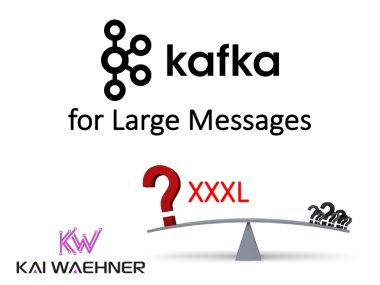In the age of digitization, the concept of pricing is no longer fixed or manual. Instead, companies increasingly use dynamic pricing — a flexible model that adjusts prices based on real-time market changes. Data streaming technologies like Apache Kafka and Apache Flink have become integral to enabling this real-time responsiveness, giving companies the tools they need to respond instantly to demand, competitor prices, and customer behaviors. This blog post explores the fundamentals of dynamic pricing, its link to data streaming, and real-world examples of how different industries such as retail, logistics, gaming and the energy sector leverage this powerful approach to get ahead of the competition.
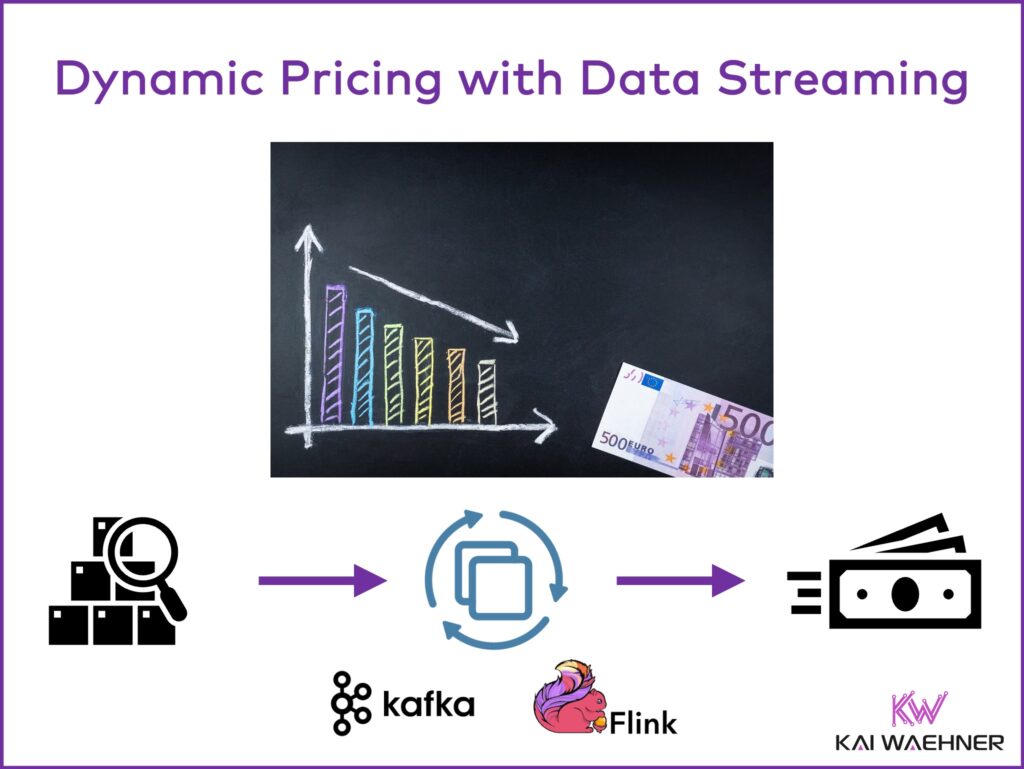
What is Dynamic Pricing?
Dynamic pricing is a strategy where prices are adjusted automatically based on real-time data inputs, such as demand, customer behavior, supply levels, and competitor actions. This model allows companies to optimize profitability, boost sales, and better meet customer expectations.
Relevant Industries and Examples
Dynamic pricing has applications across many industries:
- Retail and eCommerce: Dynamic pricing in eCommerce helps adjust product prices based on stock levels, competitor actions, and customer demand. Companies like Amazon frequently update prices on millions of products, using dynamic pricing to maximize revenue.
- Transportation and Mobility: Ride-sharing companies like Uber and Grab adjust fares based on real-time demand and traffic conditions. This is commonly known as “surge pricing.”
- Gaming: Context-specific in-game add-ons or virtual items are offered at varying prices based on player engagement, time spent in-game, and special events or levels.
- Energy Markets: Dynamic pricing in energy adjusts rates in response to demand fluctuations, energy availability, and wholesale costs. This approach helps to stabilize the grid and manage resources.
- Sports and Entertainment Ticketing: Ticket prices for events are adjusted based on seat availability, demand, and event timing to allow venues and ticketing platforms to balance occupancy and maximize ticket revenue.
- Hospitality: Adaptive room rates and promotions in real-time based on demand, seasonality, and guest behavior, using dynamic pricing models.
These industries have adopted dynamic pricing to maintain profitability, manage supply-demand balance, and enhance customer satisfaction through personalized, responsive pricing.
Relation of Dynamic Pricing to Data Streaming with Apache Kafka and Flink
Dynamic pricing relies on up-to-the-minute data on market and customer conditions, making real-time data streaming critical to its success. Traditional batch processing, where data is collected and processed periodically, is insufficient for dynamic pricing. It introduces delays that could mean lost revenue opportunities or suboptimal pricing. This scenario is where data streaming technologies come into play.
- Apache Kafka serves as the real-time data pipeline, collecting and distributing data streams from diverse sources. For instance, user behaviour on websites, competitor pricing, social media signals, IoT data, and more. Kafka’s capability to handle high throughput and low latency makes it ideal for ingesting large volumes of data continuously.
- Apache Flink processes the data in real-time, applying complex algorithms to identify pricing opportunities as conditions change. With Flink’s support for stream processing and complex event processing, businesses can apply sophisticated logic to assess and adjust prices based on multiple real-time factors.
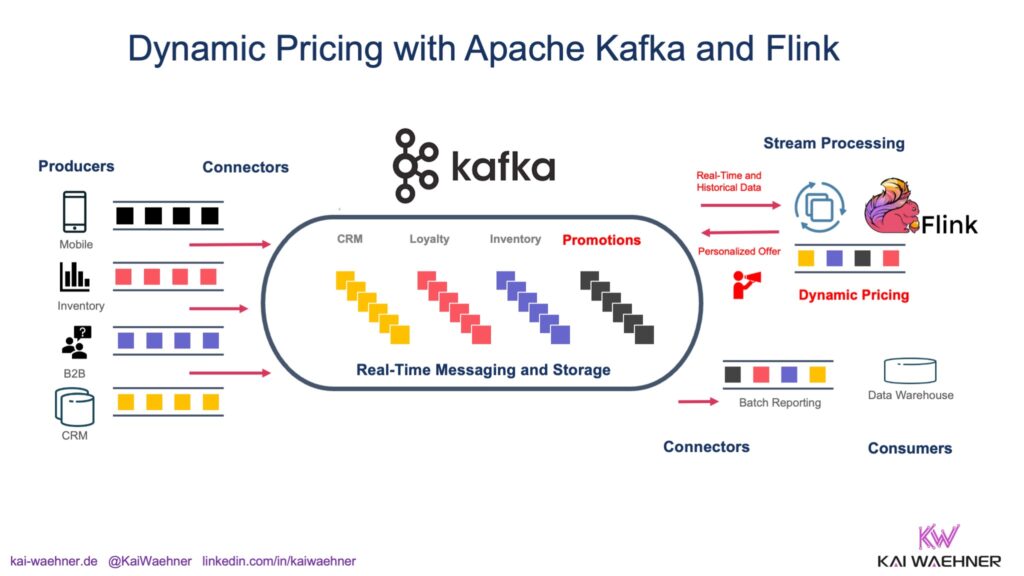
Together, Kafka and Flink create a powerful foundation for dynamic pricing, enabling real-time data ingestion, analysis, and action. This empowers companies to implement pricing models that are not only highly responsive but also resilient and scalable.
Clickstream Analytics in Real-Time with Data Streaming Replacing Batch with Hadoop and Spark
Years ago, companies relied on Hadoop and Spark to run batch-based clickstream analytics. Data engineers ingested logs from websites, online stores, and mobile apps to gather insights. Processing took hours. Therefore, any promotional offer or discount often arrived a day later — by which time the customer may have already made their purchase elsewhere, like on Amazon.
With today’s data streaming platforms like Kafka and Flink, clickstream analytics has evolved to support real-time, context-specific engagement and dynamic pricing. Instead of waiting on delayed insights, businesses can now analyze customer behavior as it happens, instantly adjusting prices and delivering personalized offers at the moment. This dynamic pricing capability allows companies to respond immediately to high-intent customers, presenting tailored prices or promotions when they’re most likely to convert. Dynamic pricing with Kafka and Flink can create a much better seamless and timely shopping experience that maximizes sales and customer satisfaction.
Success Stories for Dynamic Pricing with Data Streaming using Kafka and Flink Across Industries
Here’s how businesses across various sectors are harnessing Kafka and Flink for dynamic pricing.
- Retail: Hyper-Personalized Promotions and Discounts
- Logistics and Transportation: Intelligent Tolling
- Technology: Surge Pricing
- Energy Markets: Manage Supply-Demand and Stabilize Grid Loads
- Gaming: Context-Specific In-Game Add-Ons
- Sports and Entertainment: Optimize Ticketing Sales Sports and Entertainment
Learn more about data streaming with Kafka and Flink for dynamic pricing in the following success stories:
AO: Hyper-Personalized Promotions and Discounts (Retail and eCommerce)
AO, a major UK eCommerce retailer, leverages data streaming for dynamic pricing to stay competitive and drive higher customer engagement. By ingesting real-time data on competitor prices, customer demand, and inventory stock levels, AO’s system processes this information instantly to adjust prices in sync with market conditions. This approach allows AO to seize pricing opportunities and align closely with customer expectations. The result is a 30% increase in customer conversion rates.
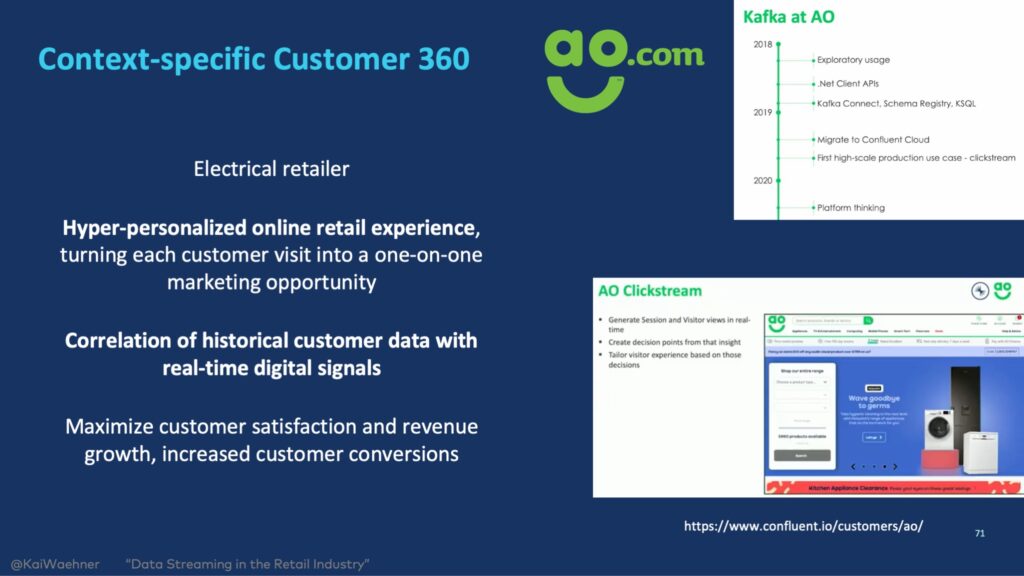
Dynamic pricing has also allowed AO to provide a hyper-personalized shopping experience, delivering relevant product recommendations and timely promotions. This real-time responsiveness has enhanced customer satisfaction and loyalty, as customers receive offers that feel customized to their needs. During high-traffic periods like holiday sales, AO’s dynamic pricing ensures competitiveness and optimizes margins. This drives both profitability and customer retention. The company has applied this real-time approach not just to pricing, but also to other areas like delivery to make things run smoother. The retailer is now much more efficient and provides better customer service.
Quarterhill: Intelligent Tolling (Logistics and Transportation)
Quarterhill, a leader in tolling and intelligent transportation systems, uses Kafka and Flink to implement dynamic toll pricing. Kafka ingests real-time data from traffic sensors and road usage patterns. Flink processes this data to determine congestion levels and calculate the optimal toll based on real-time conditions.
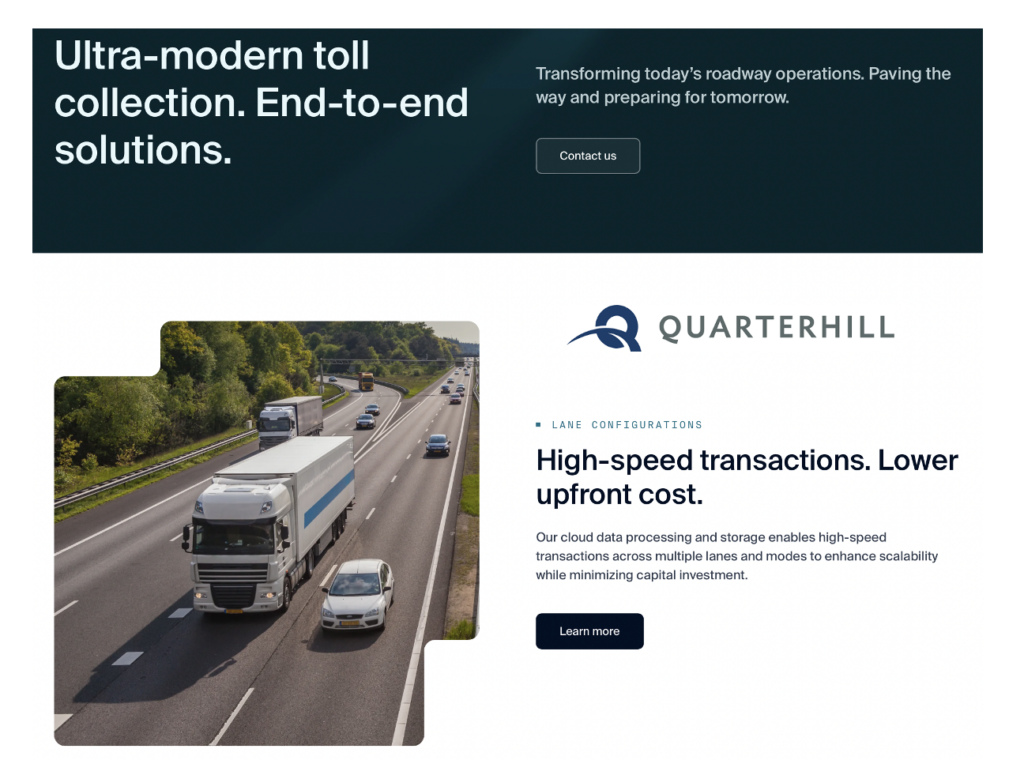
This dynamic pricing strategy allows Quarterhill to manage road congestion effectively, reward off-peak travel, and optimize toll revenues. This system not only improves travel efficiency but also helps regulate traffic flows in high-density areas, providing value both to drivers and the city infrastructure.
Uber, Grab, and FreeNow: Surge Pricing (Technology)
Ride-sharing companies like Uber, Grab, and FreeNow are widely known for their dynamic pricing or “surge pricing” models. With data streaming, these platforms capture data on demand, supply (available drivers), location, and traffic in real time. This data is processed continuously by Apache Flink, Kafka Streams or other stream processing engines to calculate optimal pricing, balancing supply with demand, while considering variables like route distance and current traffic.

Surge pricing enables these companies to provide incentives for drivers to operate in high-demand areas, maintaining service availability and ensuring customer needs are met during peak times. This real-time pricing model improves revenue while optimizing customer satisfaction through prompt service availability.

2K Games / Take-Two Interactive: Context-Specific In-Game Purchases (Gaming Industry)
In the gaming industry, dynamic pricing is becoming a strategy to improve player engagement and monetize experiences. Many gaming companies use Kafka and Flink to capture real-time data on player interactions, time spent in specific game sections, and in-game events. This data enables companies to offer personalized pricing for in-game items, bonuses, or add-ons, adjusting prices based on the player’s current engagement level and recent activities.
For instance, if players are actively taking part in a particular game event, they may be offered special discounts or dynamic prices on related in-game assets. Thereby, the gaming companies improve conversion rates and player engagement while maximizing revenue.
2K Games,A leading video game publisher and a subsidiary of Take-Two Interactive, has shifted from batch to real-time analytics to enhance player engagement across popular franchises like BioShock, NBA 2K, and Borderlands. By leveraging Confluent Cloud as fully managed data streaming platform, the publisher scales dynamically to handle high traffic, processing up to 3000 MB per second to serve 4 million concurrent users.
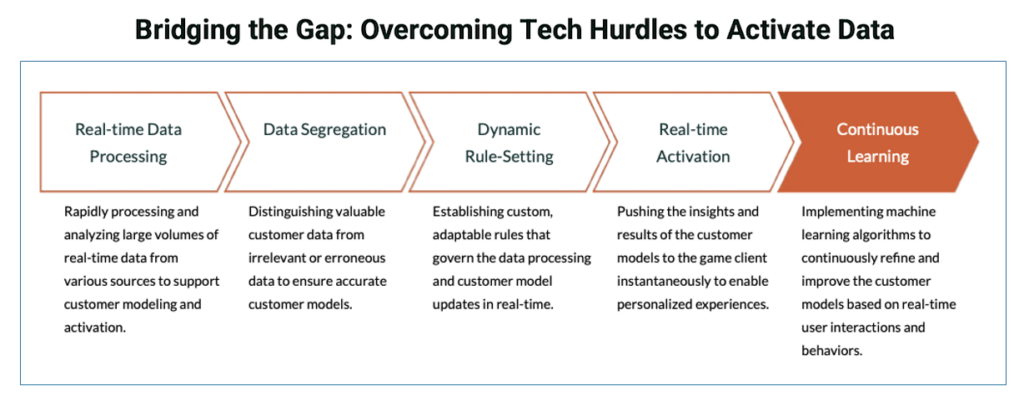
Real-time telemetry analytics now allow them to analyze player actions and context instantly, enabling personalized, context-specific promotions and enhancing the gaming experience. Cost efficiencies are achieved through data compression, tiered storage, and reduced data transfer, making real-time engagement both effective and economical.
50hertz: Manage Supply-Demand and Stabilize Grid Loads (Energy Markets)
Dynamic pricing in energy markets is essential for managing supply-demand fluctuations and stabilizing grid loads. With Kafka, energy providers ingest data from smart meters, renewable energy sources, and weather. Flink processes this data in real-time, adjusting energy prices based on grid conditions, demand levels, and renewable supply availability.
50Hertz, as a leading electricity transmission system operator, indirectly (!) affects dynamic pricing in the energy market by sharing real-time grid data with partners and energy providers. This allows energy providers and market operators to adjust prices dynamically based on real-time insights into supply-demand fluctuations and grid stability.
To support this, 50Hertz is modernizing its SCADA systems with data streaming technologies to enable real-time data capture and distribution that enhances grid monitoring and responsiveness.
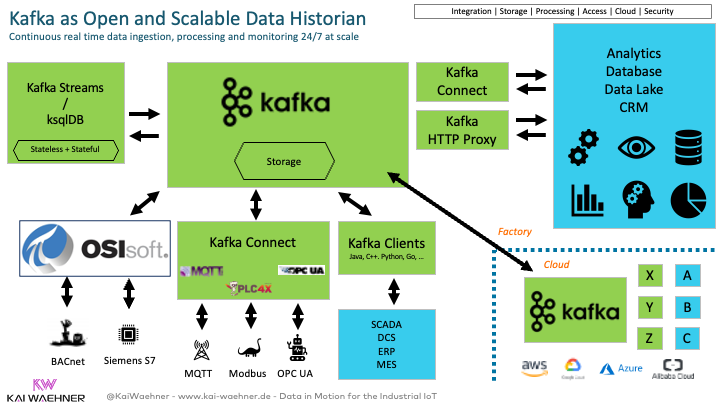
Real-time pricing approach helps encourage consumption when renewable energy is abundant and discourages usage during peak times, leading to optimized energy distribution, grid stability, and improved sustainability.
Ticketmaster: Optimize Ticketing Sales (Sports and Entertainment)
In ticketing, dynamic pricing allows for optimized revenue management based on demand and availability. Companies like Ticketmaster use Kafka to collect data on ticket availability, sales velocity, and even social media sentiment surrounding events. Flink processes this data to adjust prices based on real-time market conditions, such as proximity to the event date and current demand.
By dynamically pricing tickets, event organizers can maximize seat occupancy, boost revenue, and respond to last-minute demand surges, ensuring that prices reflect real-time interest while enhancing fan satisfaction.
Real-time inventory data streams allow Ticketmaster to monitor ticket availability, pricing, and demand as they change moment-to-moment. With data streaming through Apache Kafka and Confluent Platform, Ticketmaster tracks sales, venue capacity, and customer behavior in a single, live inventory stream. This enables quick responses, such as adjusting prices for high-demand events or boosting promotions where conversions lag. Teams gain actionable insights to forecast demand accurately and optimize inventory. This approach ensures fans have timely access to tickets. The result is a dynamic, data-driven approach that enhances customer experience and maximizes event success.
Conclusion: Business Value of Dynamic Pricing Built with Data Streaming
Dynamic pricing powered by data streaming with Apache Kafka and Flink brings transformative business value by:
- Maximizing Revenue and Margins: Real-time price adjustments enable companies to capture value during demand surges, optimize for competitive conditions, and maintain healthy margins.
- Improving Operational Efficiency: By automating pricing decisions based on real-time data, organizations can reduce manual intervention, speed up reaction times, and allocate resources more effectively.
- Boosting Customer Satisfaction: Responsive pricing models allow companies to meet customer expectations in real time, leading to improved customer loyalty and engagement.
- Supporting Sustainability Goals: In energy and transportation, dynamic pricing helps manage resources and reward environmentally friendly behaviors. Examples include off-peak travel and renewable energy usage.
- Empowering Strategic Decision-Making: Real-time data insights provide business leaders with the information needed to adjust strategies and respond to developing market demands quickly.
Building a dynamic pricing system with Kafka and Flink represents a strategic investment in business agility and competitive resilience. Using data streaming to set prices instantly, businesses can stay ahead of competitors, improve customer service, and become more profitable. Dynamic pricing powered by data streaming is more than just a revenue tool; it’s a vital lever for driving growth, differentiation, and long-term success.
Did you already implement dynamic pricing? What is your data platform and strategy? Do you use Apache Kafka and Flink? Let’s connect on LinkedIn and discuss it! Stay informed about new blog posts by subscribing to my newsletter.

